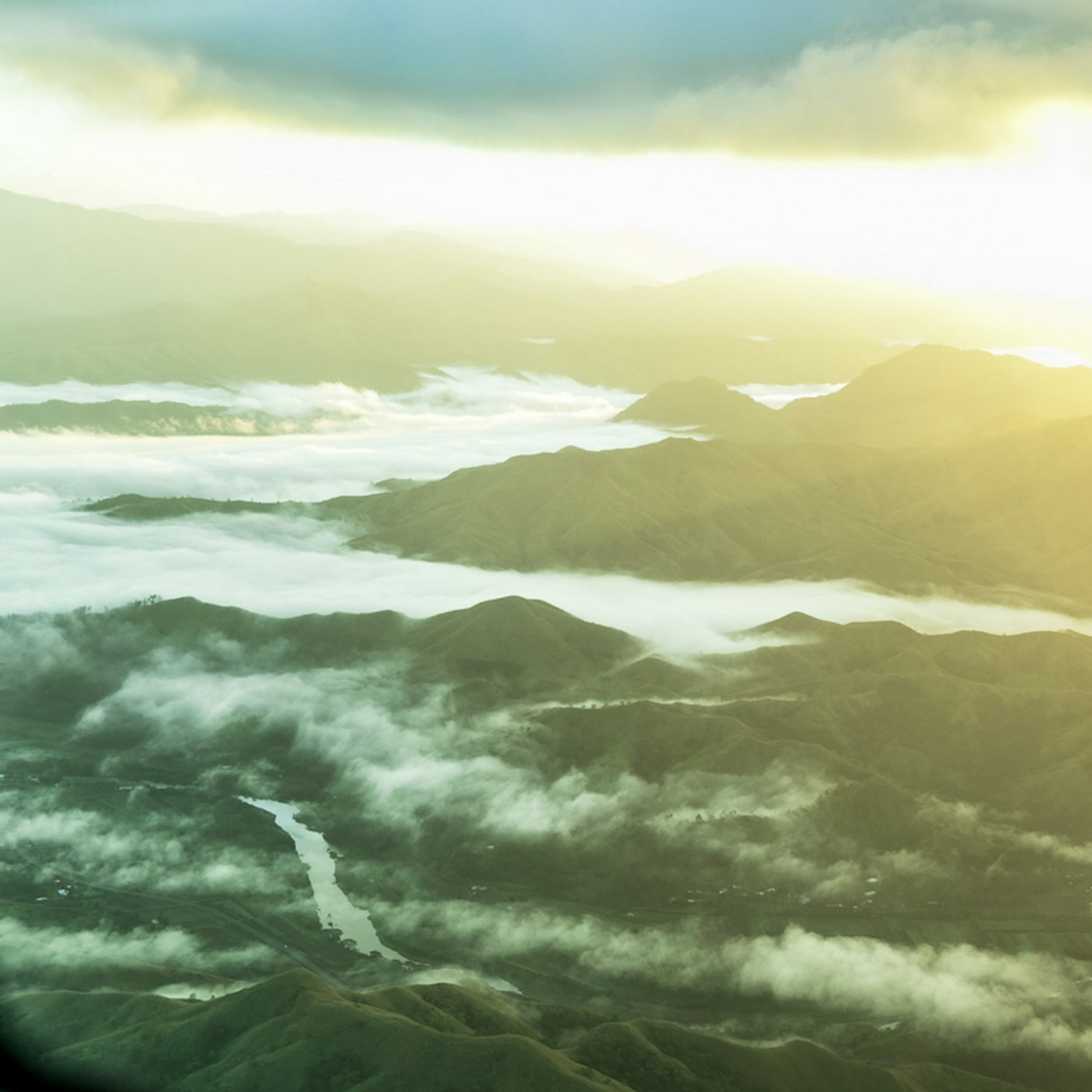 Fiji, a state made up of 844 islands is home today to a population of nearly 900,000 people. Closest to both Australia and New Zealand at almost the edge of the world, Fiji’s often been cited as one of the most impeccable holiday destinations on Earth. There’s obviously much more to the islands than its appeal to tourists, the state is steeped in a rich history of ethnic and religious diversity that many may not be aware of, including its Islamic presence.
Fiji, a state made up of 844 islands is home today to a population of nearly 900,000 people. Closest to both Australia and New Zealand at almost the edge of the world, Fiji’s often been cited as one of the most impeccable holiday destinations on Earth. There’s obviously much more to the islands than its appeal to tourists, the state is steeped in a rich history of ethnic and religious diversity that many may not be aware of, including its Islamic presence.
A Brief History
The islands and their native population were first discovered by the Europeans in 1643, with a visit to them by the infamous Captain Cook over a century later. The islands were later conquered by Britain in 1874, who made them a part of the commonwealth, and started a thriving trade in sugar cultivation. It’s during this time that Fiji really began to emerge as a hub of ethnic and religious diversity, and it just so happens that Britain played the most detrimental role in bringing Islam to Fiji.
In order to keep up with the demands in trade, Fiji’s colonisers forced the migration of an Indian and Afghan population to the islands so as to contribute to the growing workforce there. The Indian, and small minority of Afghan people sent to the islands, were also mostly Muslims and it is here that the native population and Islam were brought together. Although the emigration programme was suspended at the beginning of the 20th century, Muslims had by this time been given the opportunity to thrive, mingle and become well and truly part of the religious and cultural fabric of the state, contributing to generations of Fijian Muslims that have since emigrated across the world thanks to globalisation.
Related
Islam Poses The Last Legitimate Challenge To Hegemonic Monoculture
What Does Islam in Argentina Look Like?
The Muslim community is often revered in Fiji for overcoming the difficult circumstances that they were forced to contend with during the first phases of their migration. Organised groups of Muslims emerged despite systematic abuse of their human, moral and religious values as slaves, with the largest group of leaders emerging in Suva, Lautoka, Labasa, Ba and Nausori. Simple wooden mosques were the first to surface in the attempt to accommodate for the growing Muslim populations.
During the early 20th century, the Muslim population has soared in numbers was due to intermarriage with the native population and their Muslim offspring, creating the need for larger congregational spaces of worship and the establishment of some kind of Islamic infrastructure in society. It’s with this, that the organisation of Muslims manifested across all the inhabited islands in the form of associations such as Anjuman-e-Hidayat, setting the tone for a larger combined effort in the establishment of the Fiji Muslim League in 1926.
Muslims in Fiji Today
Although Muslims in Fiji are considered to be amongst the poorest in the country, the league contributed greatly to the prosperity of Islamic resources for the Muslim community there, creating more centres of worship as well as Islamic schools for the young Fijian Muslim population across the islands.
Today, many members of the Muslim community have prominent roles in the government and the Prophet’s birthday is a national holiday in Fiji. They continue to thrive and consider themselves both a hub of diversity and proud Fijians.
Amaliah Team
This article was written by a member of the Amaliah team or a collective team effort. You can follow us on @amaliah_tweets for the latest or head over to our Instagram @amaliah_com. If you're reading this and are thinking about contributing an article then send us an email with a brief or a full article to contribute@amaliah.com